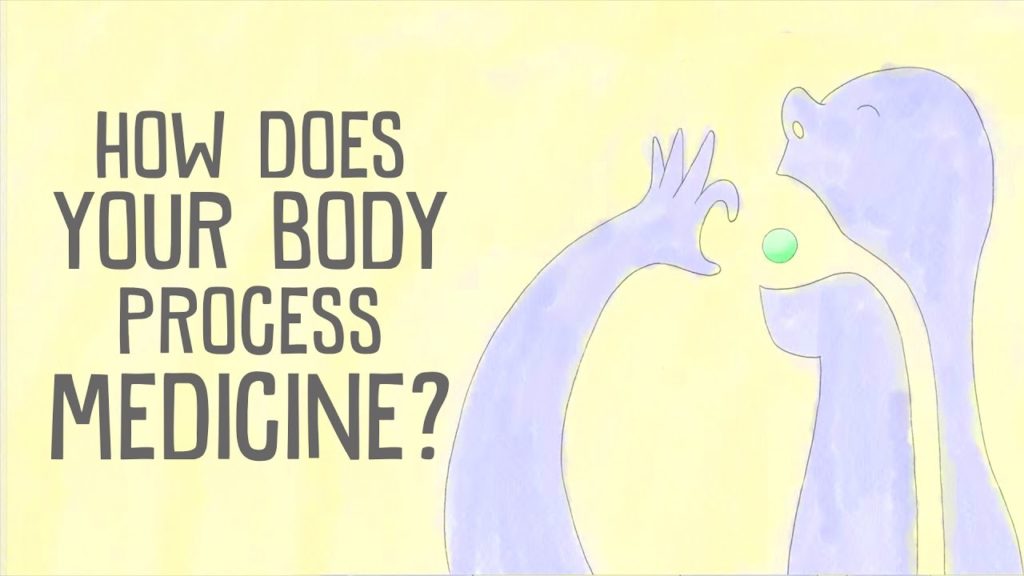How does your body process medicine?

Ever wondered how a certain medicine successfully treats a particular ailment? How does the medicine get to the target source?
The answer has to do with the circulatory system. Let’s find out.
Contents
How does the process of transportation go about?
It starts off with the digestive system. Let’s consider the example of a tablet you ingest for a sore ankle. As soon as it comes in contact with the acidic fluids present in your stomach, it breaks down and gets dissolved. This then travels to the small intestine and further gets transported to the blood vessels.
From here, a vein, carrying blood and other constituents, takes it all to the liver. Once that happens, enzymes react with the molecules of the transported component of the medicine. This is done to neutralize their acidic nature, owing to their dissolution in the acidic fluids.
Veins and the circulatory system work hard to move it out of the liver. Then, it becomes the job of blood to carry out the rest of the transportation throughout the circulatory system, and keeps going in a loop by taking these molecules to every organ within the body.
What happens when these molecules finally find their target zone?
The circulation throughout the body brings these molecules in contact with the location that is actually in pain. On encountering this area, they bind with the molecules that are causing the pain reaction. Furthermore, they completely cover these compounds that transmit pain signals to the body.
With the increasing number of medicinal molecules accumulating and covering that area, the pain eventually gets cancelled out. This process can take a maximum of one or two hours.
What happens to the medicine after curing the ailment?
Finally, when the medicine is no longer in need, the blood facilitates its elimination from the body. As it reaches the liver again, a very small amount of these molecules get converted into metabolites. Thereafter, the kidneys take over and filter them out and expel the other molecules as well in the form of urine from our body.
The rate at which this entire process of circulation, transportation and then the final expulsion takes place can vary from person to person, while also taking into count the type of drug that has been ingested and the way it has entered one’s body.
You must make sure to take the prescribed dosage because if it’s low, then it won’t fulfill its function. On the other hand, too much of the drug can lead to reactions that can be toxic for your body. It becomes even more essential to get the dosage right for children because their body is undergoing changes and fluctuations much more than the average adult body. Therefore, consulting your doctor is highly crucial for your own safety.






Responses